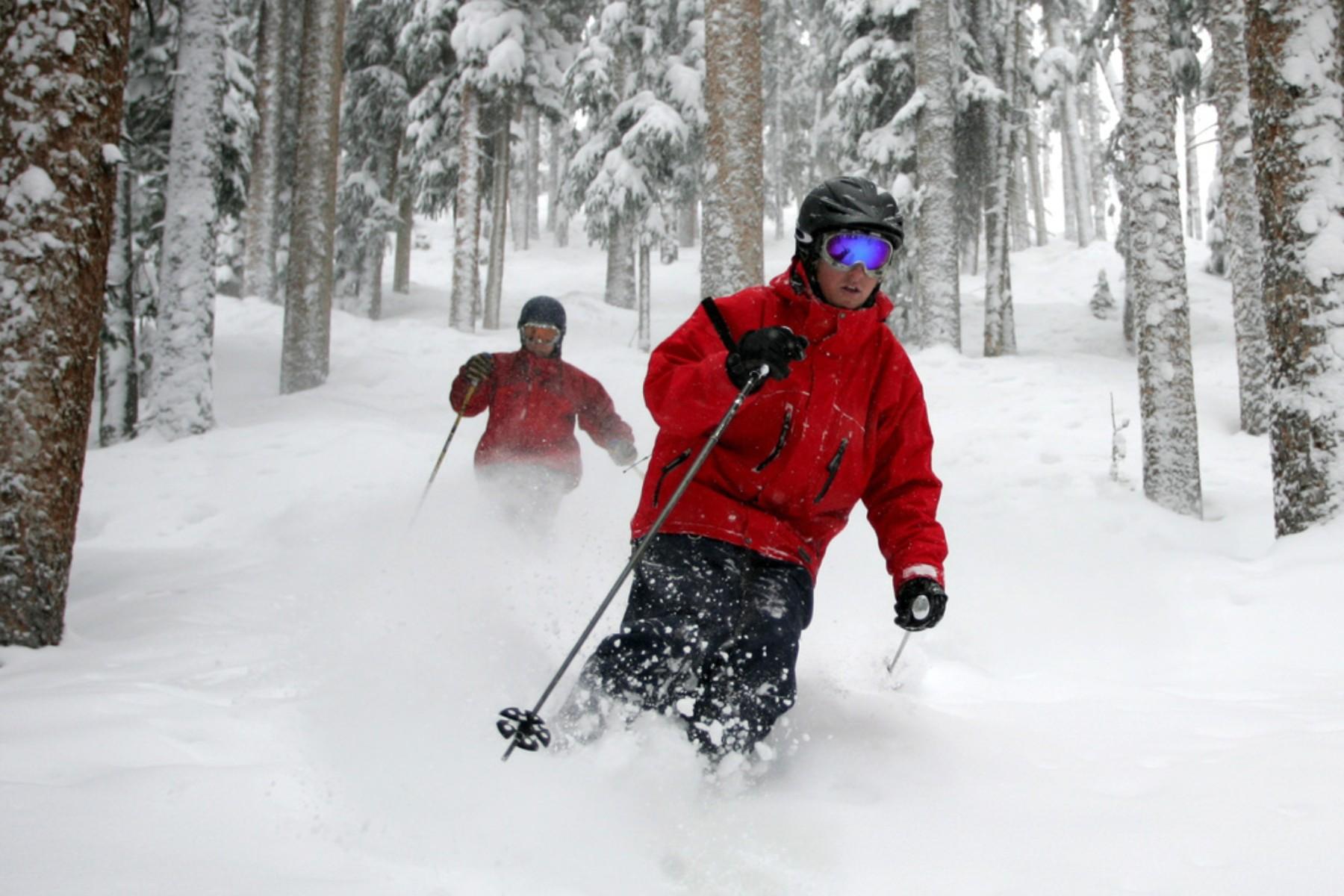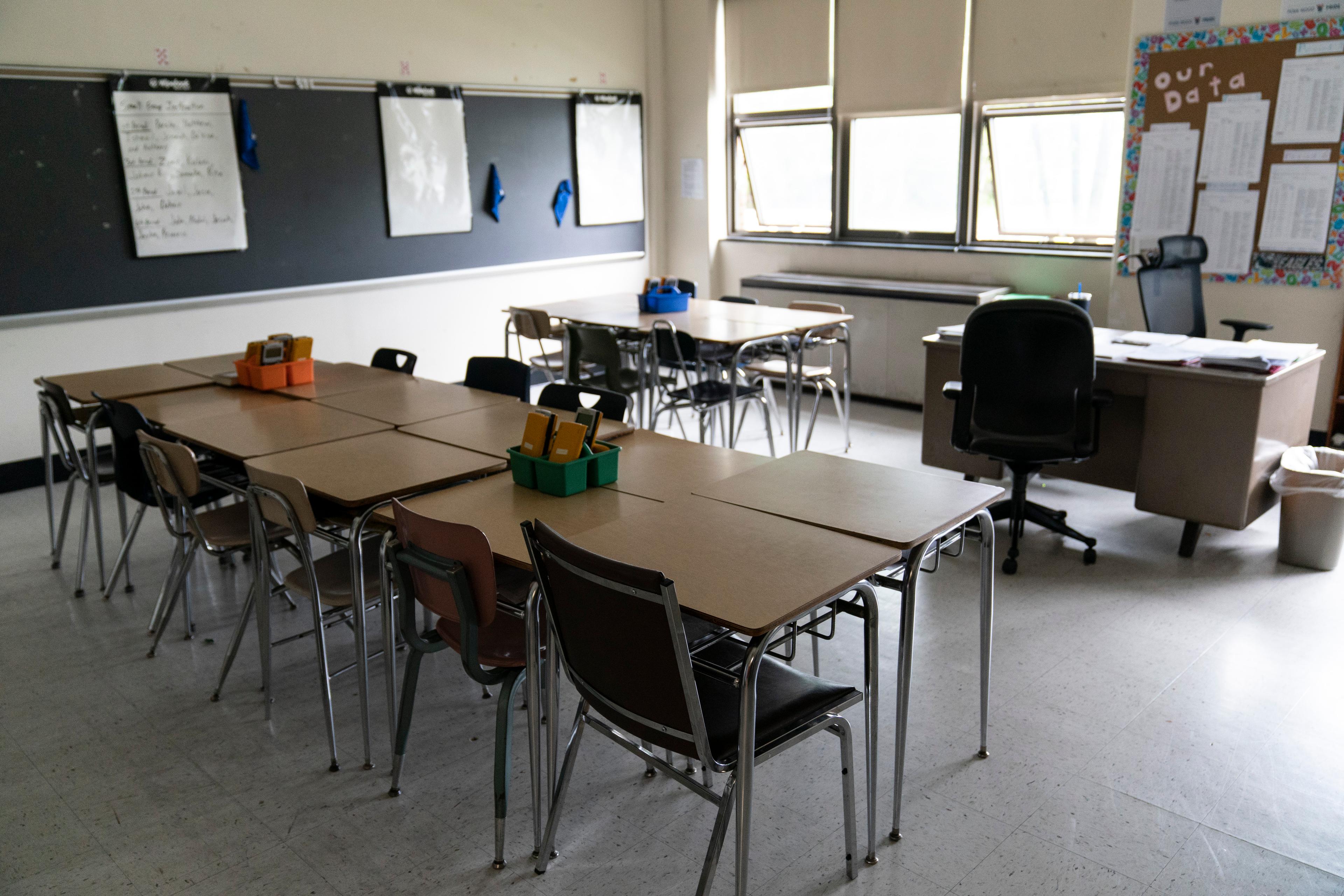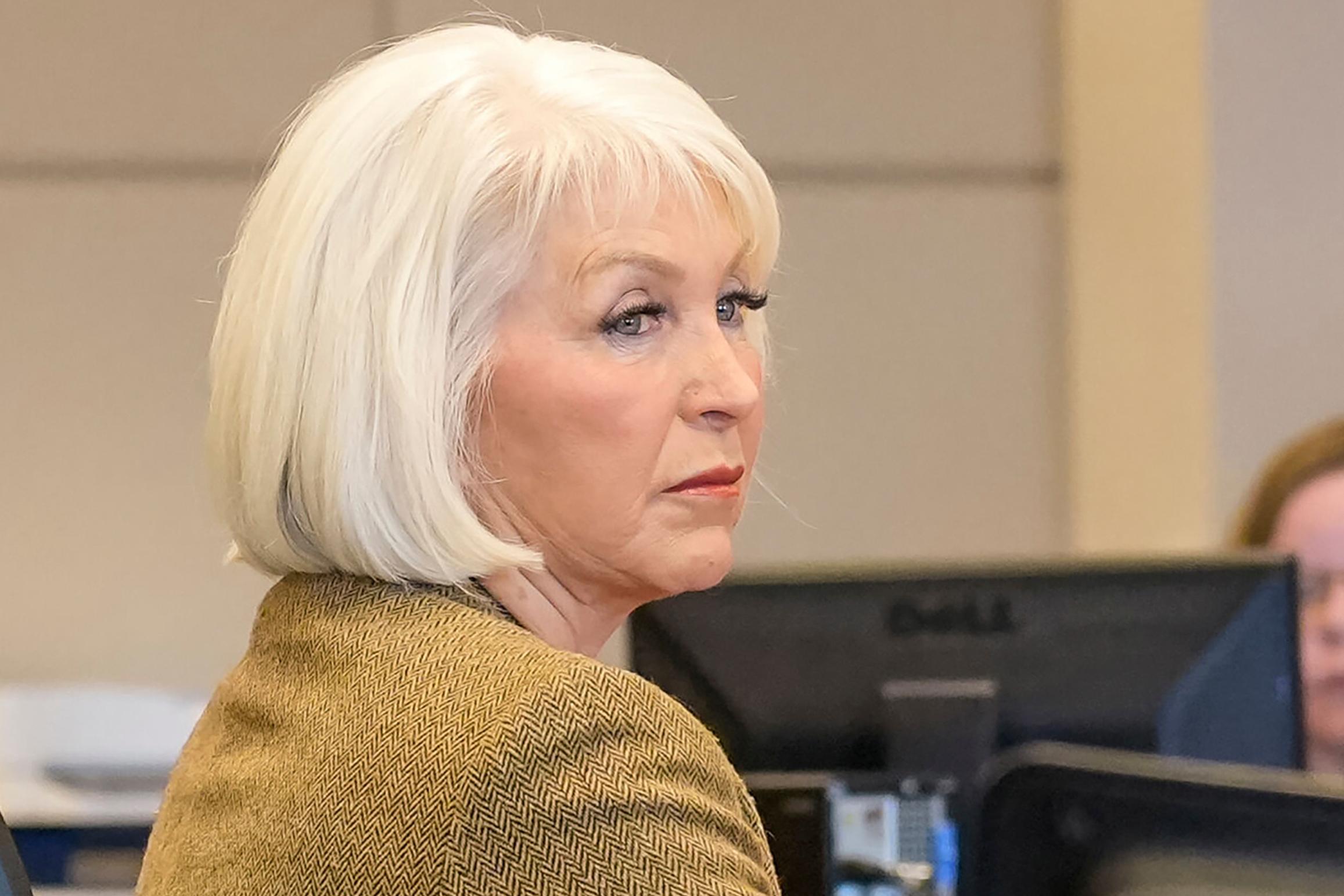As the U.S. Forest Service prepares for the wildfire season, it must also confront COVID-19.
Already the agency's put a stop to prescribed burning. And it says it will continue fire suppression and other activities with guidance from the CDC.
But firefighters' living and working conditions make proper social distancing difficult to imagine. They drive to wildfires in the same rigs, their tents tend to be close together, and on large fires, there's usually a big camp set up where everyone eats together, mess-hall style.
"The question is going to be the trajectory of this virus come fire season and what kind of fire season we're going to have," said John Freemuth, a public lands policy researcher at Boise State University. "If the virus is still with us, are they going to have enough people? And then how will they deal with people in close proximity?"
As Wildfire Today reported, the $2 trillion coronavirus relief bill signed by President Donald Trump on Friday appropriates $70.8 million to the Forest Service. Bill Gabbert, the site's editor, wants to see the agency use that money hire more firefighters and rethink tactics.
"If more firefighters were hired it could make it possible to have healthy forces in reserve when 20-person crews or 5-person engines have to be quarantined when one crew member tests positive for the virus or if they are exposed while fighting a fire," Gabbert wrote. "It could also enhance the ability to attack new fires with overwhelming force."
This story was produced by the Mountain West News Bureau, a collaboration between Wyoming Public Media, Boise State Public Radio in Idaho, KUER in Salt Lake City, KUNR in Nevada, the O'Connor Center for the Rocky Mountain West in Montana, and KRCC and KUNC in Colorado. Funding for the Mountain West News Bureau is provided in part by the Corporation for Public Broadcasting.
Do you have questions about COVID-19? How has this crisis affected you? Our reporters would love to hear from you. You can submit your question or share your story here.









